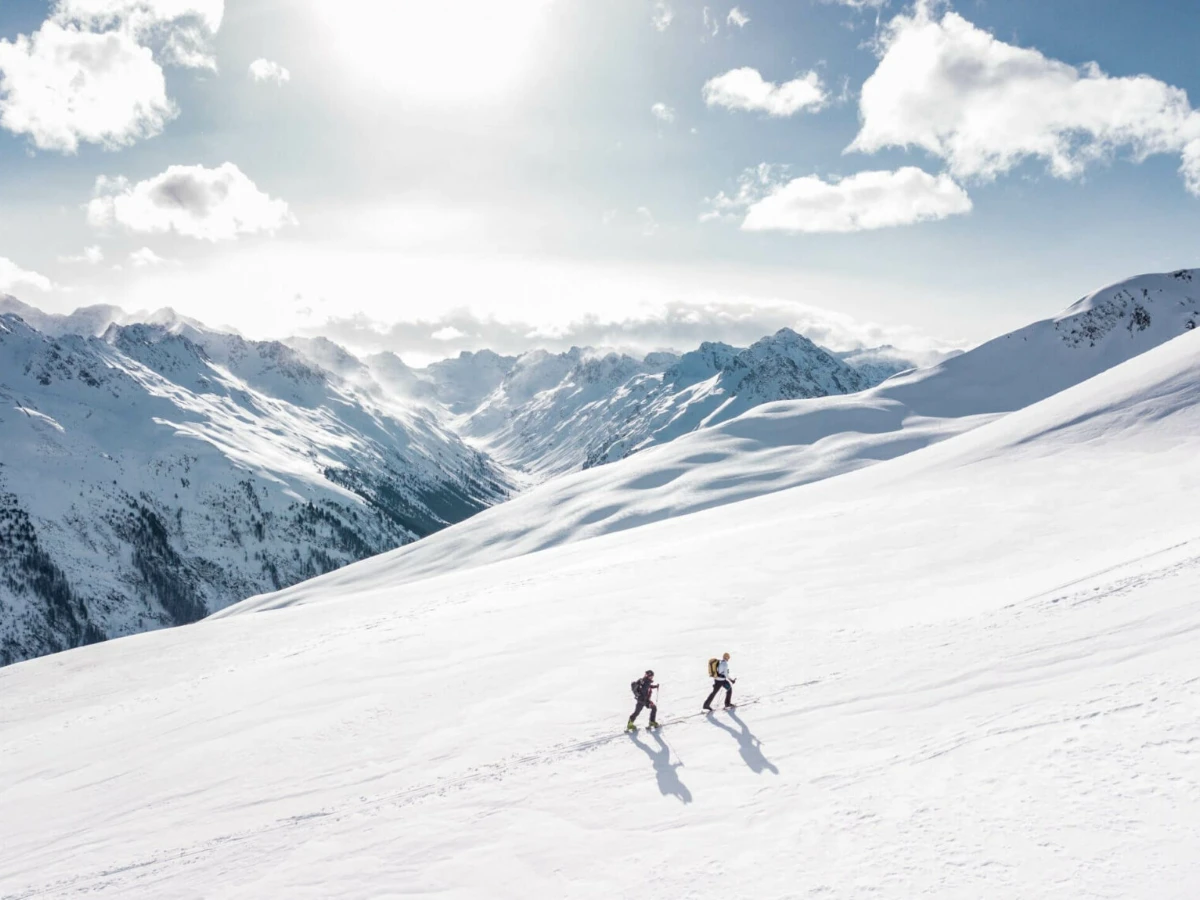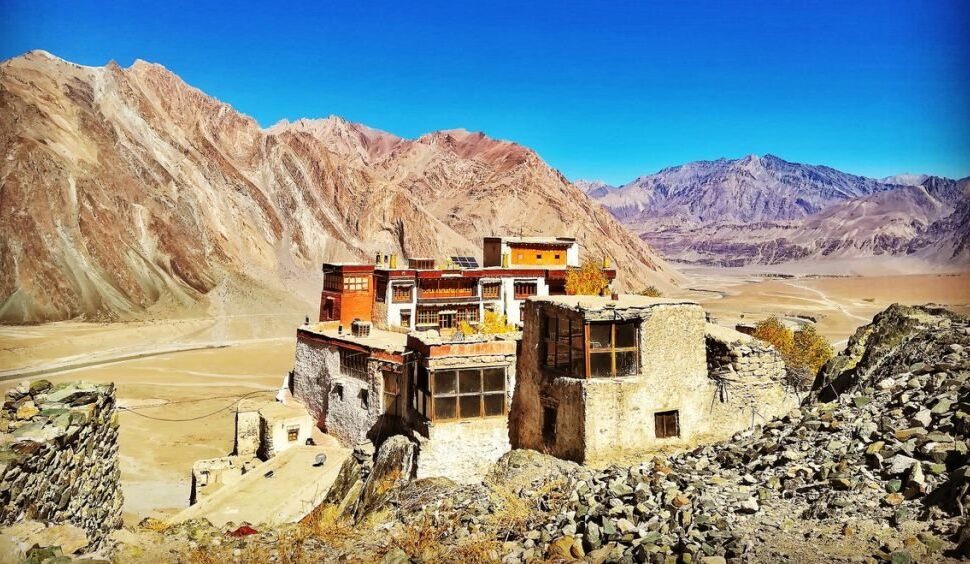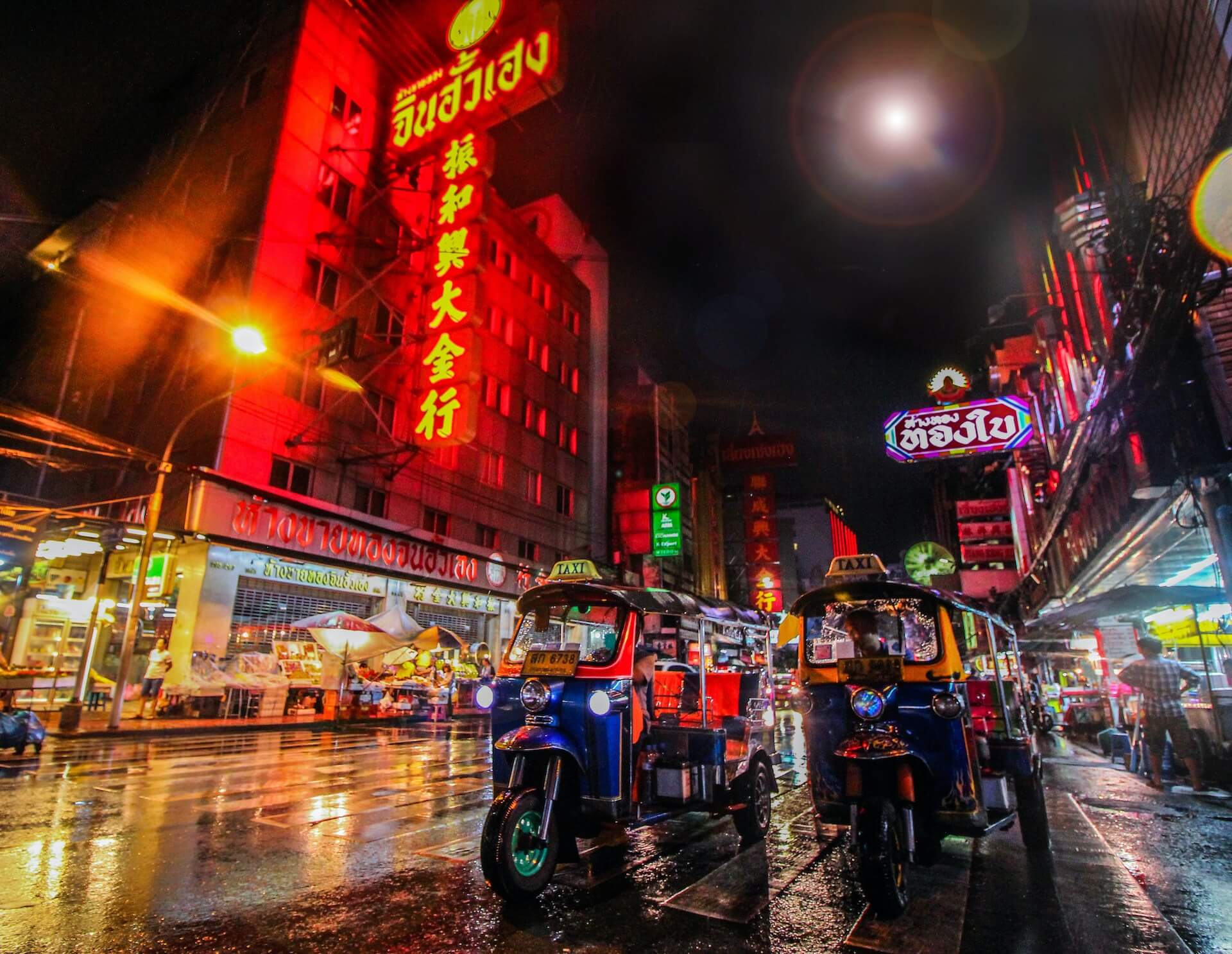
Exploring Ladakh is an unforgettable experience. Cradled by the Himalayas and Karakoram ranges, this high-altitude wonderland offers vast landscapes, vivid cultures, and surreal serenity. However, with most locations perched above 10,000 feet, one of the first things any traveler must prepare for is acclimatization.
Whether you’re flying into Leh or driving up scenic mountain passes, altitude-related health issues like dizziness, shortness of breath, or nausea are common. If not addressed properly, these can turn a dream trip into a discomforting ordeal. That’s why getting acclimatized isn’t just smart—it’s non-negotiable.
What is Altitude Sickness and Why Does It Happen?

What is Altitude Sickness and Why Does It Happen?Acute Mountain Sickness (AMS) is your body’s response to rapid exposure to reduced oxygen levels. Air pressure decreases with height, and so does oxygen availability. If your body doesn’t get enough time to adapt, symptoms may kick in. Trekking, climbing, or exerting yourself physically without proper rest can worsen the situation.
Common Signs of AMS
Symptoms may be mild or intense depending on your health, pace of ascent, and fitness levels. Keep an eye out for:

- Persistent headache
- Fatigue and dizziness
- Nausea or vomiting
- Sleep disturbances
- Loss of appetite
- Shortness of breath during minimal activity
- Swelling in hands, feet, or face (in some cases)
While these signs may ease in 48–72 hours, more serious ones—like confusion, coughing blood, or extreme breathlessness—signal High Altitude Cerebral Edema (HACE) or High Altitude Pulmonary Edema (HAPE), both of which are medical emergencies requiring immediate descent.
Helpful Medicines & Aids
Several medications are often carried by seasoned travelers and mountaineers:
- Acetazolamide (Diamox): A preventive taken before symptoms appear; it speeds up acclimatization by improving oxygen absorption. Recommended dose: 125–250 mg twice daily.
- Aspirin or Disprin: Can ease headaches and improve blood flow.
- Dexamethasone: Often used in emergencies or when symptoms become severe. Use only on medical advice.
- Portable Oxygen Canisters: Readily available and useful for sudden episodes of breathlessness.
- Natural Aids: Locals swear by garlic, clove, and ginger to ease mild discomfort and warm the body.
Important: Always check with your doctor before carrying or consuming any of the above.
Where to Seek Help
Ladakh has medical infrastructure tailored for high-altitude conditions:
- Sonam Norbu Memorial Hospital, Leh
- Dispensaries in Drass, Mulbek, Padum, Sankoo, Trespone, and Panikhar
Always keep these locations noted, especially if venturing into remote zones.
Golden Rules to Avoid AMS
The best way to enjoy Ladakh’s magic without compromise is to listen to your body and allow it to adjust. Here’s how:
- Rest on Arrival: If you fly into Leh, spend the first 24–48 hours doing nothing strenuous.
- Hydrate Often: Sip water regularly. Mix in electrolytes or ORS for an added boost.
- Ascend Gradually: If you’re driving in, stop overnight at lower altitudes like Keylong or Jispa.
- Avoid Alcohol & Smoking: Both can hinder the body’s oxygen uptake and dehydration.
- Eat Light: High-protein and warm meals aid digestion at altitude.
- Sleep Well: Let your body recover each night.
- Stay Warm & Layered: Cold can exacerbate symptoms, so layer up even in summer.
- Avoid Overexertion: Delay hiking, trekking, or long drives for a couple of days.
High-Risk Zones for AMS
While AMS can occur anywhere above 8,000 ft, certain spots in Ladakh are especially known for triggering symptoms:
- Tanglang La (17,480 ft)
- Changthang Plateau (14,800+ ft)
- Pangong Lake (14,270 ft)
- Tso Moriri (14,836 ft)
If you plan to travel to these regions, schedule them after your body has acclimatized for a few days.
Final Word
Ladakh is not just a destination—it’s an awakening. But to truly enjoy its grandeur, your health must come first. Acclimatization isn’t a hurdle; it’s the key to experiencing the region’s soul-stirring beauty safely and deeply.




